
Igor Fyodorovich Stravinsky was a Russian composer and conductor with French citizenship and United States citizenship. He is widely considered one of the most important and influential composers of the 20th century and a pivotal figure in modernist music.
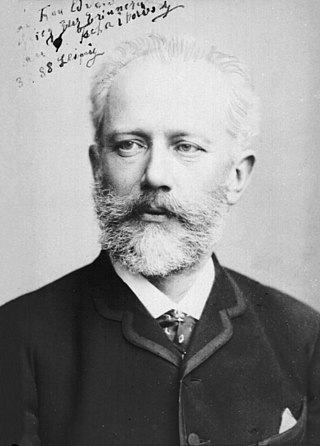
The Nutcracker, Op. 71, is an 1892 two-act classical ballet by Pyotr Ilyich Tchaikovsky, set on Christmas Eve at the foot of a Christmas tree in a child's imagination. The plot is an adaptation of E. T. A. Hoffmann's 1816 short story The Nutcracker and the Mouse King. The ballet's first choreographer was Marius Petipa, with whom Tchaikovsky had worked three years earlier on The Sleeping Beauty, assisted by Lev Ivanov. Although the complete and staged The Nutcracker ballet was not as successful as had been the 20-minute Nutcracker Suite that Tchaikovsky had premiered nine months earlier, The Nutcracker soon became popular.
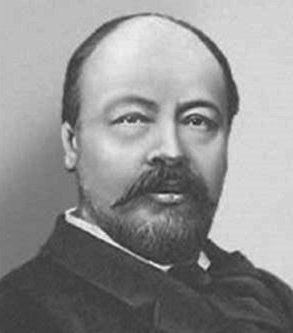
Anatoly Konstantinovich Lyadov was a Russian composer, teacher and conductor.
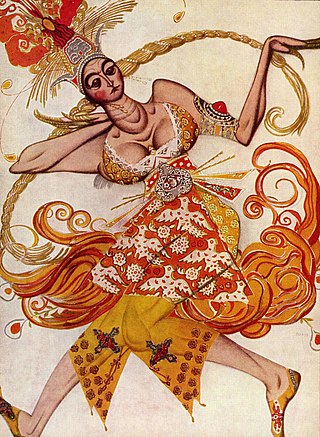
The Firebird is a ballet and orchestral concert work by the Russian composer Igor Stravinsky. It was written for the 1910 Paris season of Sergei Diaghilev's Ballets Russes company; the original choreography was by Michel Fokine, who collaborated with Alexandre Benois and others on a scenario based on the Russian fairy tales of the Firebird and the blessing and curse it possesses for its owner. It was first performed at the Opéra de Paris on 25 June 1910 and was an immediate success, catapulting Stravinsky to international fame and leading to future Diaghilev–Stravinsky collaborations including Petrushka (1911) and The Rite of Spring (1913).
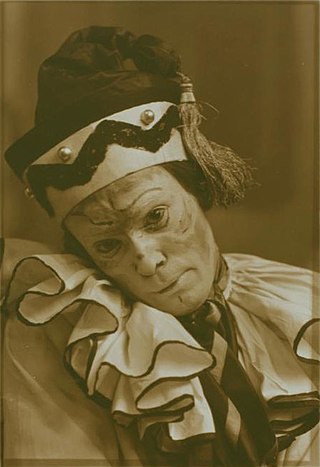
Petrushka is a ballet by Russian composer Igor Stravinsky. It was written for the 1911 Paris season of Sergei Diaghilev's Ballets Russes company; the original choreography was by Michel Fokine and stage designs and costumes by Alexandre Benois, who assisted Stravinsky with the libretto. The ballet premiered at the Théâtre du Châtelet on 13 June 1911 with Vaslav Nijinsky as Petrushka, Tamara Karsavina as the lead ballerina, Alexander Orlov as the Moor, and Enrico Cecchetti the charlatan.

The Sleeping Beauty is a ballet in a prologue and three acts to music by Pyotr Ilyich Tchaikovsky, his Opus 66, completed in 1889. It is the second of his three ballets and, at 160 minutes, his second-longest work in any genre. The original scenario was by Ivan Vsevolozhsky after Perrault's La belle au bois dormant, or The Beauty Sleeping in the Forest; the first choreographer was Marius Petipa. The premiere took place at the Mariinsky Theatre in St. Petersburg on January 15, 1890, and from that year forward The Sleeping Beauty has remained one of the most famous of all ballets.
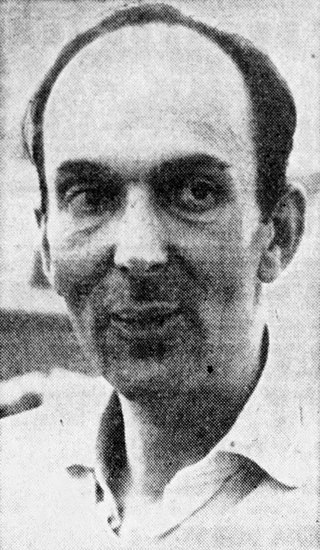
Igor Borisovich Markevitch was a Russian composer and conductor who studied and worked in Paris and became a naturalized Italian and French citizen in 1947 and 1982 respectively. He was commissioned in 1929 for a piano concerto by impresario Serge Diaghilev of the Ballet Russe de Monte Carlo.
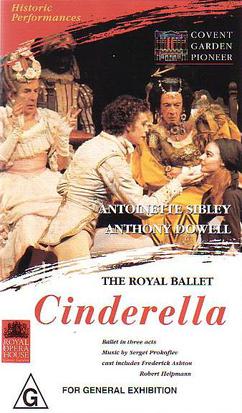
This version of the Cinderella ballet, using Sergei Prokofiev's Cinderella music and re-choreographed by Frederick Ashton, is a comic ballet.
Le Baiser de la fée is a neoclassical ballet in one act and four scenes composed by Igor Stravinsky in 1928 and revised in 1950 for George Balanchine and the New York City Ballet. Based on Hans Christian Andersen's short story Isjomfruen, the work is an homage to Pyotr Ilyich Tchaikovsky, for the 35th anniversary of the composer's death. Stravinsky elaborated several melodies from early piano pieces and songs by Tchaikovsky in his score. A commission by Ida Rubinstein from 1927, the ballet was choreographed by Bronislava Nijinska and premiered in Paris on 27 November 1928.

Igor Stravinsky's Violin Concerto in D is a neoclassical violin concerto in four movements, composed in the summer of 1931 and premiered on October 23, 1931. It lasts approximately twenty minutes.
The 1895 Petipa/Ivanov/Drigo revival of Swan Lake is a famous version of the ballet Swan Lake,, . This is a ballet by Pyotr Ilyich Tchaikovsky based on an ancient German legend, presented in either four acts, four scenes, three acts, four scenes or, more rarely, in two acts, four scenes. Originally choreographed by Julius Reisinger to the music of Pyotr Ilyich Tchaikovsky, it was first presented as The Lake of the Swans by the Ballet of the Moscow Imperial Bolshoi Theatre on 20 February/4 March 1877 in Moscow, Russia. Although the ballet is presented in many different versions, most ballet companies today base their stagings both choreographically and musically on this revival by Marius Petipa and Lev Ivanov, staged for the Imperial Ballet, first presented on 15 January/27 January 1895, at the Imperial Mariinsky Theatre in St. Petersburg, Russia instead of the original version.

Tchaikovsky Pas de Deux is a ballet choreographed by George Balanchine to a composition by Pyotr Ilyich Tchaikovsky originally intended for act 3 of Swan Lake. With costumes by Barbara Karinska and lighting by Jack Owen Brown, it was first presented by New York City Ballet at the City Center of Music and Drama, New York, on 29 March 1960. Robert Irving conducted the New York City Ballet Orchestra. The dancers were Violette Verdy and Conrad Ludlow.
Circus Polka: For a Young Elephant was written by Igor Stravinsky in 1942. He composed it for a ballet production that the choreographer George Balanchine did for Ringling Bros. and Barnum & Bailey Circus. The ballet was performed by fifty elephants and fifty ballerinas. In 1944, Stravinsky published an orchestration of the piece, which is now part of the repertoire of many orchestras.

While the contributions of the Russian nationalistic group The Five were important in their own right in developing an independent Russian voice and consciousness in classical music, the compositions of Pyotr Ilyich Tchaikovsky became dominant in 19th century Russia, with Tchaikovsky becoming known both in and outside Russia as its greatest musical talent. His formal conservatory training allowed him to write works with Western-oriented attitudes and techniques, showcasing a wide range and breadth of technique from a poised "Classical" form simulating 18th century Rococo elegance to a style more characteristic of Russian nationalists or a musical idiom expressly to channel his own overwrought emotions.

Ekaterina Valerievna Krysanova is a Russian principal dancer of Bolshoi Ballet.
Scènes de ballet is a suite of dance movements composed in 1944 by Igor Stravinsky. It was commissioned by Broadway producer Billy Rose for inclusion in the revue The Seven Lively Arts that opened at the Ziegfeld Theater on December 7, 1944.
Danses concertantes is a work for chamber orchestra by Igor Stravinsky, composed in 1942. A performance lasts about twenty minutes. Although written as an abstract ballet for concert performance, it has been choreographed numerous times.











